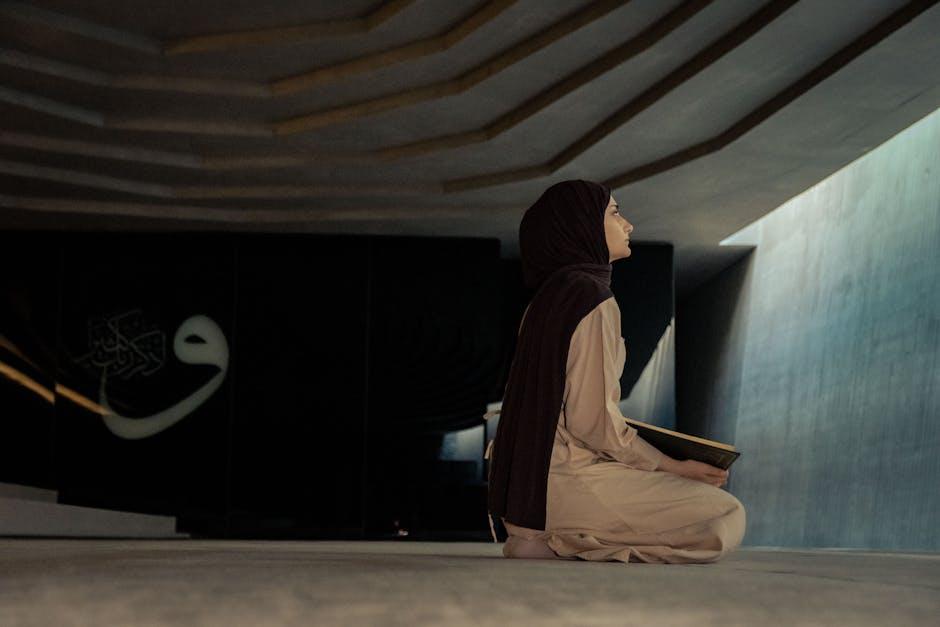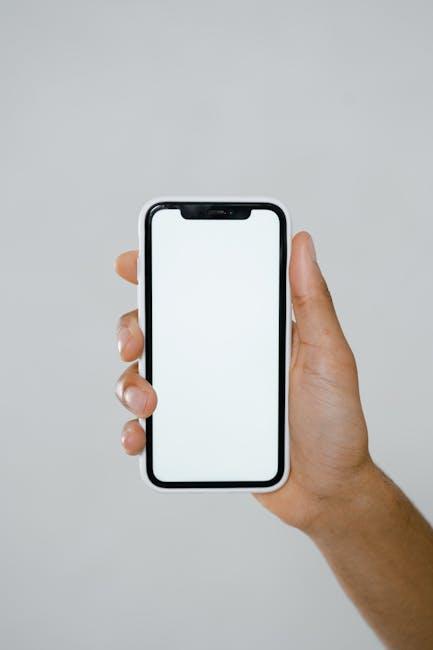In the ever-evolving landscape of digital design, dark mode has stepped out of the shadows to claim its place on screens worldwide. Once a niche preference for late-night coders and insomniac readers, this muted palette now captivates millions, sparking debates about its true purpose. Is dark mode merely a stylish trend, a cosmetic shift in aesthetics, or does it serve a deeper function-offering comfort, reducing eye strain, and conserving energy? As our devices become extensions of ourselves, the question lingers: is dark mode a fleeting fashion statement, or a fundamental feature shaping the future of how we interact with technology?
The Science Behind Dark Mode and Eye Health

Switching to dark mode reduces the overall luminance emitted by screens, which can significantly impact how our eyes perceive and respond to light. When exposed to bright backgrounds, our eyes undergo constant contractions and dilations to manage light intake, potentially leading to eye strain over prolonged periods. Dark mode leverages a darker color palette that lessens the intensity of emitted light, possibly easing this strain. However, the effectiveness varies based on ambient lighting conditions-dark mode might be comfortable in low light but could cause issues in bright environments due to reduced contrast.
Scientific studies highlight several factors influencing eye health in relation to screen modes, including:
- Blue Light Exposure: Dark mode can decrease the amount of blue light, which is known to disrupt circadian rhythms and may contribute to eye discomfort.
- Contrast & Readability: While dark mode reduces glare, it also lowers contrast, which might affect text clarity for some users and increase visual fatigue.
- Pupil Dilation: In low-light settings, pupils dilate more, potentially making dark mode easier on the eyes compared to bright backgrounds.
| Factor | Bright Mode | Dark Mode |
|---|---|---|
| Eye Strain | Higher (due to glare) | Lower (in low light) |
| Blue Light Emission | Higher | Lower |
| Text Readability | Better in bright environments | Can be challenging for some |
Balancing Aesthetics and Usability in User Interface Design
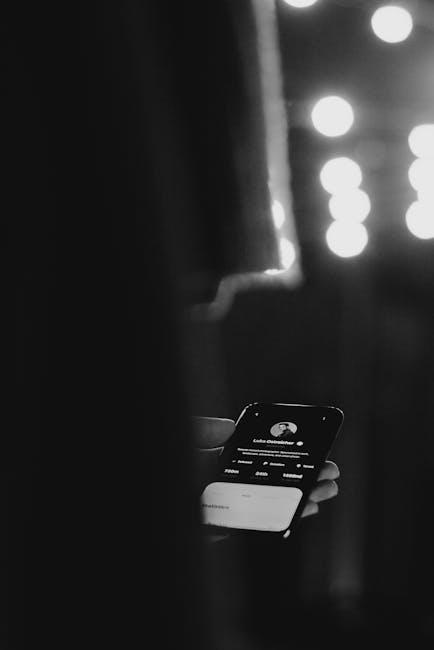
When designing for dark mode, designers often grapple with the challenge of maintaining a visually appealing interface without sacrificing functionality. While dark themes can drastically reduce eye strain in low-light environments and extend battery life on OLED screens, the temptation to prioritize style over clarity can lead to usability pitfalls. Striking the perfect balance requires a thoughtful approach-leveraging contrast ratios that ensure readability, employing accent colors to guide users intuitively, and carefully choosing typography that remains legible amidst darker palettes.
Incorporating dark mode effectively means considering diverse user needs and contexts. Here are some critical factors to keep in mind:
- Accessibility: Avoid color combinations that cause confusion or fatigue, ensuring interface elements are discernible to all users.
- Consistency: Harmonize dark and light modes to preserve brand identity without compromising usability.
- Functionality: Prioritize function by maintaining clear visual hierarchy and interactive feedback in low-contrast environments.
| Aspect | Dark Mode Benefit | Potential Drawback |
|---|---|---|
| Eye Comfort | Reduces glare | May cause readability issues in bright settings |
| Battery Life | Saves power on OLED | No impact on LCD screens |
| Visual Appeal | Modern, trendy look | Can overshadow usability if overused |
When to Choose Dark Mode for Productivity and Comfort
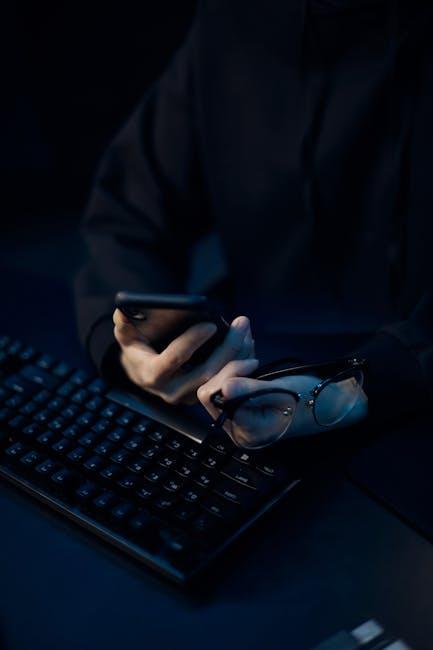
Opting for dark mode can be a smart choice when aiming to reduce eye strain during extended screen time, especially in low-light environments. The subtle contrast between light text and a dark background minimizes glare, allowing your eyes to relax more easily. This is particularly beneficial for late-night work sessions, creative tasks, or when navigating dashboards filled with data, where a calmer visual setup can enhance focus. Beyond comfort, some users find that dark mode fosters a sleek atmosphere, helping maintain mental clarity and reducing distractions.
Consider switching to dark mode under circumstances such as:
- Working in dim settings: Reduces blue light exposure which can interfere with sleep cycles.
- Extended reading or coding sessions: Helps maintain eye health over long hours.
- Using OLED or AMOLED screens: Saves battery life by turning off black pixels.
- Personal preference: When the aesthetic and mood of a darker interface enhance productivity.
| Scenario | Benefit of Dark Mode |
|---|---|
| Nighttime work | Less eye strain, improved sleep quality |
| Coding & Writing | Improved focus, reduced glare |
| Photo/Video Editing | Better color perception in low light |
| Mobile device use | Battery efficiency |
Optimizing Your Digital Experience with Thoughtful Dark Mode Use
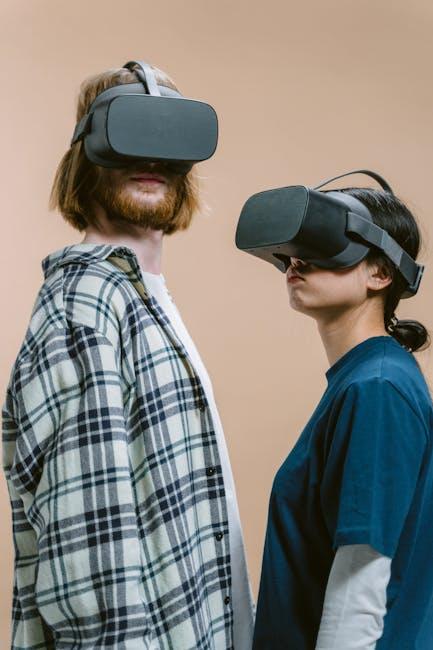
Embracing dark mode goes beyond aesthetics – it’s about enhancing usability without compromising comfort. When thoughtfully implemented, dark interfaces can reduce eye strain in low-light environments and extend battery life on OLED screens, offering practical advantages. However, the key lies in balance: ensuring that text remains legible and that contrasts are sufficient to prevent user fatigue. Integrating dark mode options based on context, such as time of day or ambient lighting, can transform a purely visual shift into an intelligent feature that adapts to user needs.
To optimize digital experiences with dark mode, consider these essential guidelines:
- Maintain accessible contrast ratios: Prioritize readability by pairing darker backgrounds with lighter, softer font colors.
- Use accent colors sparingly: Highlight important elements without overwhelming the eyes.
- Allow seamless toggling: Provide users with easy control to switch modes, respecting personal preferences and contexts.
- Test across devices: Verify how dark mode renders on various screens to ensure a consistent, polished look.
| Benefit | Traditional Mode | Thoughtful Dark Mode |
|---|---|---|
| Eye Strain | High in low light | Minimized with proper contrast |
| Battery Usage | Standard consumption | Up to 30% savings on OLED |
| Visual Appeal | Bright and neutral | Modern and customizable |
Key Takeaways
In the end, dark mode stands at a crossroads between function and fashion, a digital chameleon adapting to both our needs and desires. Whether it serves as a practical tool to ease eye strain and conserve battery life, or simply as a sleek aesthetic choice reflecting our modern sensibilities, dark mode’s appeal is undeniable. As screens continue to dominate our lives, this shadowy alternative invites us to reconsider not just how we see our devices, but how we interact with the light and dark contours of technology itself. Whatever your preference, dark mode proves that sometimes, the boundary between utility and style isn’t so clearly defined-it’s comfortably blurred in shades of gray.


